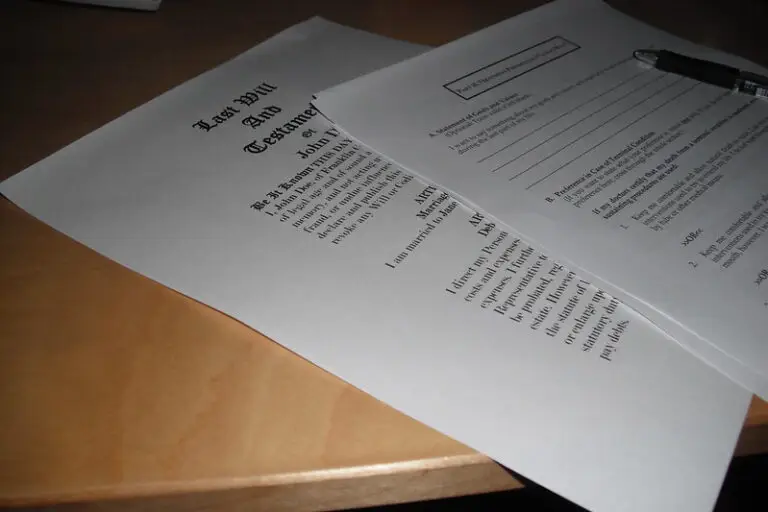It is important to know that a Letter of Last Instruction does not pass through a legal process. It’s an informal but organized method of providing your family with instructions on the decisions related to financial and personal matters that should be made when you die. This can also be an alternative way of ensuring that your family are cared for after your death and to prevent issues that could arise from not probating the will.
Qrius’ recent article entitled “How to Prepare a Letter of Last Instruction” explains that preparing it can relieve your relatives of added headaches and stress after your death because it can provide crucial information on personal, financial and funeral matters. Here are some ideas as to what to include in your Letter of Last Instruction:
Personal info. This is a basic information like your full name, date of birth, father’s name and mother’s maiden name, address, Social Security number and place of birth. Add information about significant people in your life, like family, friends, business partners, clergy and others you’d like to be notified about your death.
Business and Financial Contacts. List the contact info of your business and financial partners, as well as your accountant and investment adviser. Include information on your insurance policies, as well as your bank account details.
Legal Document Location. Make sure your executor can find important legal documents, such as your will, tax returns, marriage license, Social Security card, birth certificates, trust documents, deeds, veteran benefits info and contracts. State the location of those documents in your Letter of Last Instruction.
Loan and Debt Info. Make a list of creditors containing collateral and payment terms, along with any credit card account numbers and loan account numbers. Likewise, list the people who owe you money, including their contact info and collateral and payment terms.
Usernames and Passwords. Include a section with your usernames and passwords for your online banking accounts, social media email, computer, smartphone and other electronics, so your executor or someone responsible for overseeing your estate can be certain your accounts and financial information are not compromised after your death.
Beneficiaries. Make a list of the names and contact details of all your beneficiaries with additional information on specific instructions you may want to give to clarify your intentions on the distribution of the assets.
Funeral Arrangements. Include your desires as to your funeral arrangements, such as the type of flowers, pictures and service music. You can also state the clothes in which you wish to be buried, the type of service and location and other items that will help your family with this task.
Once you have the letter, be sure your executor or at least a close family member knows where it can be located after your death.
Ask an experienced estate planning attorney for pointers on writing your Letter of Last Instruction and keep updating it regularly.
Reference: Qrius (Dec. 8, 2020) “How to Prepare a Letter of Last Instruction”






